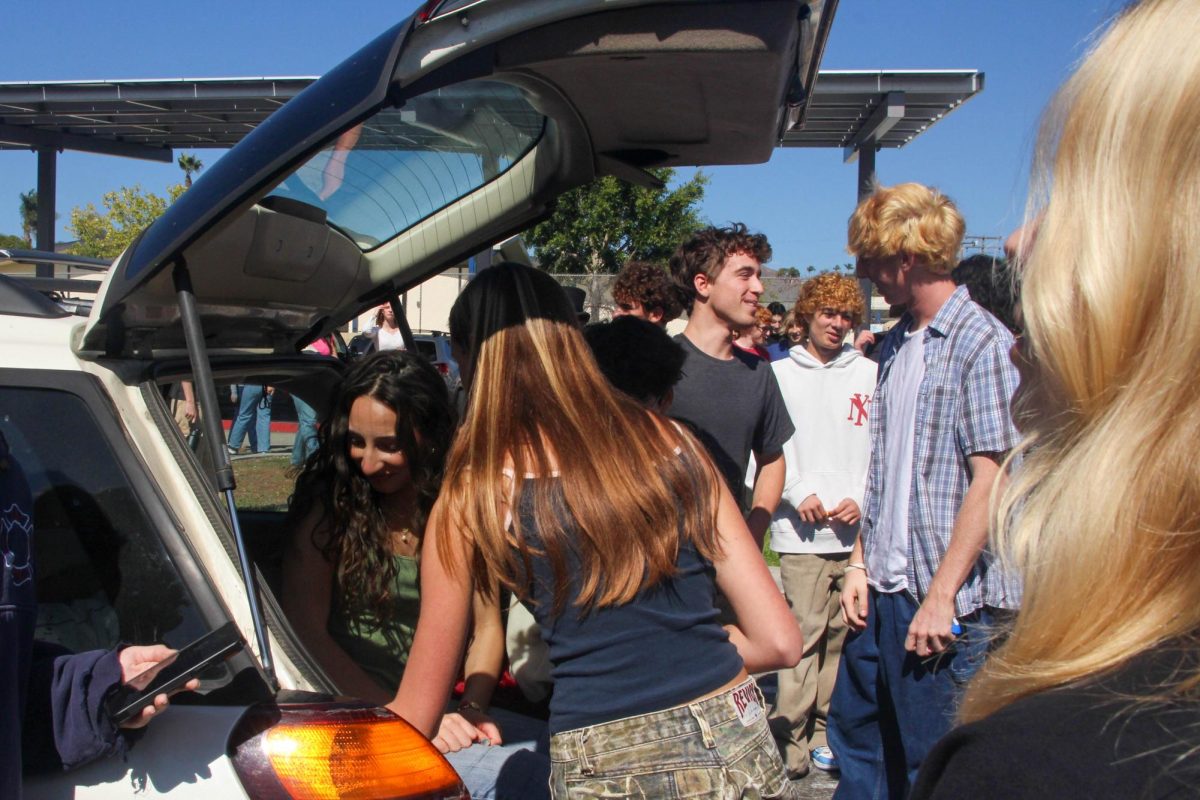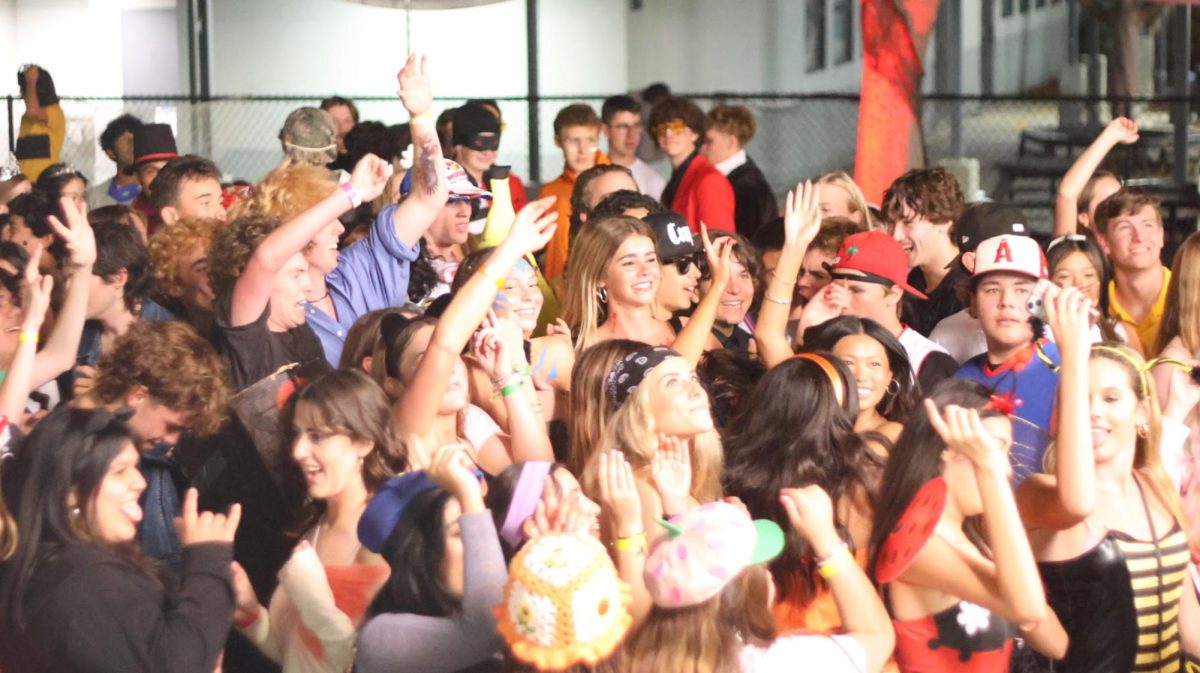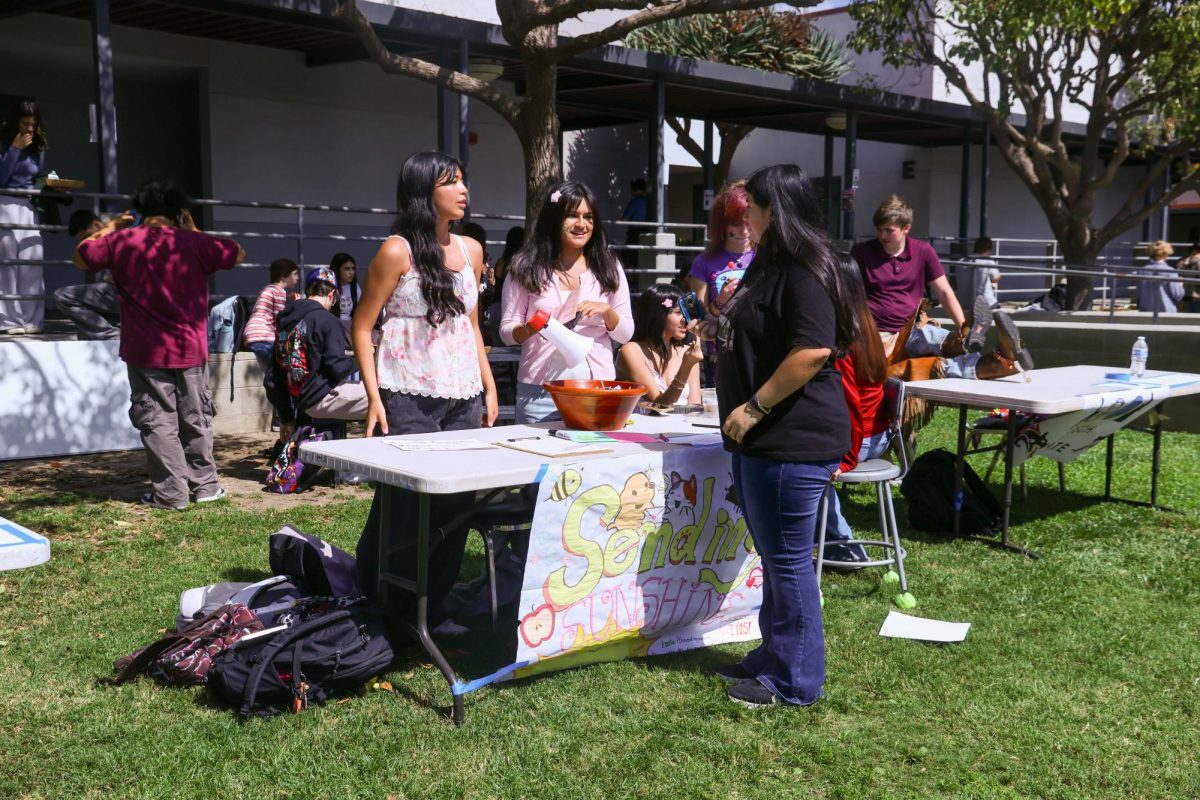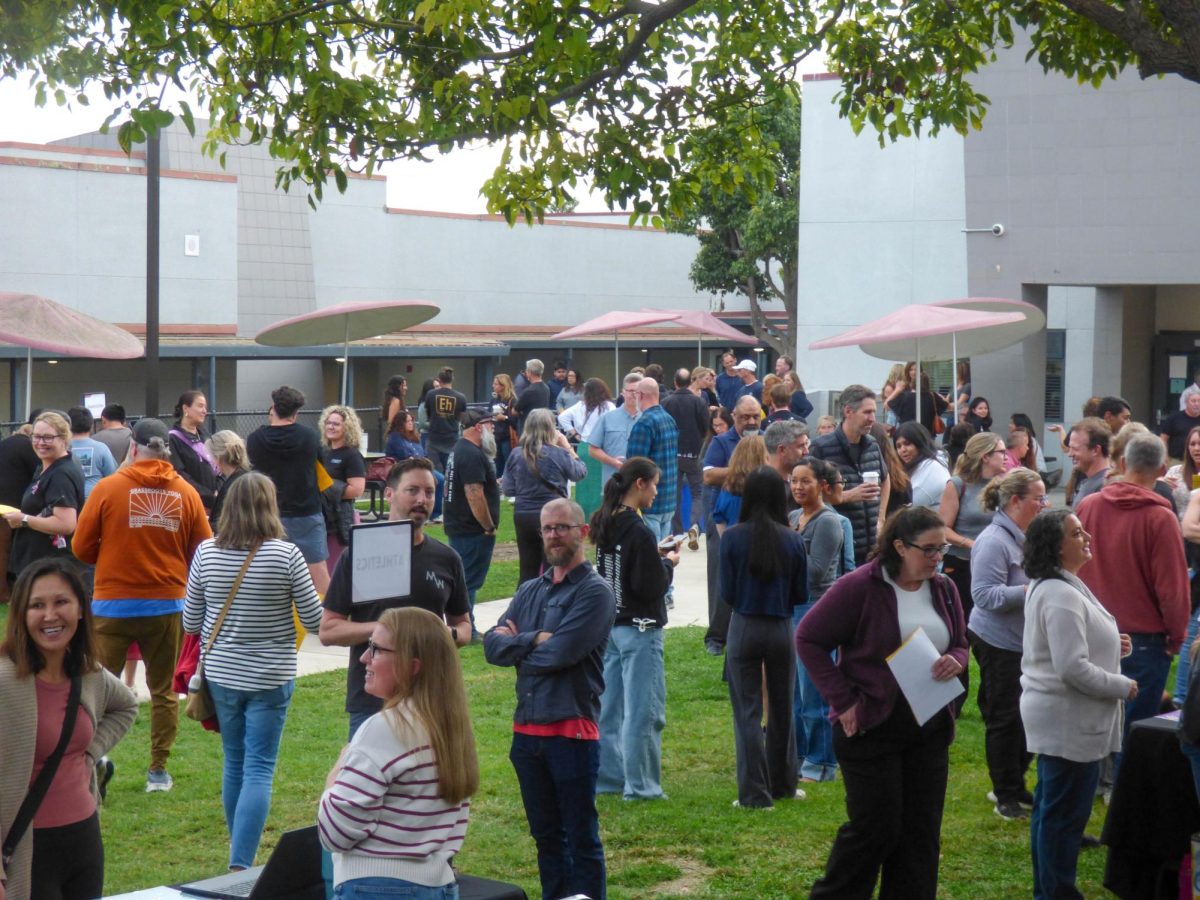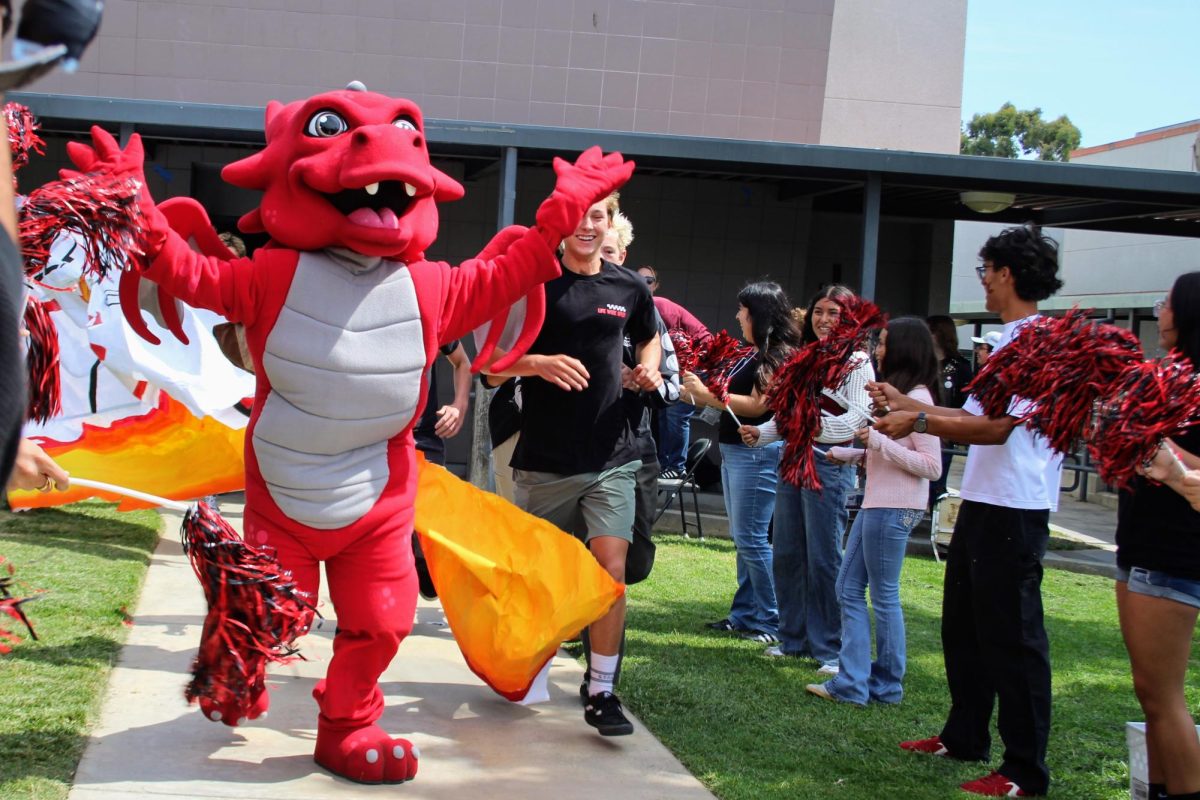In order to reinforce concepts learned in class, physics students released their homemade egg-containing constructions from a nearly forty foot drop at Ventura College on Thursday and Friday.
Devices ranged from rubber band suspension rigged trash cans to Nerf missiles equipped with plastic grocery bag parachutes to non-Newtonian fluid filled buckets to toilet paper stuffed cereal boxes.
Projects could not use any materials not normally allowed on campus, and projects could not exceed forty centimeters in length on any side.
Science teacher John Weldele has assigned the project since he first started teaching at Foothill ten years ago.
“All first semester we’ve been studying motion, so here we have the egg moving downwards to the ground, and they are applying their knowledge from the first semester to try and protect the egg and not allow it to break,” said Weldele.
Weldele says he likes the project because of the opportunity for the students to be creative.
“I wanted to leave it open-ended so that students could be a little more creative, and they could just use their imaginations and see what they come up with,” said Weldele. “It’s a fun project; anytime you get to take your learning and accomplish something in the real world, it’s fun.”
One group, seniors Senin Ranasinghe and Christian Reed, built an upside down rocket that utilized a sock within the cylinder to halt the eggs descent
“Our egg was intact after the drop, and our design was unique in that it softened the blow with a sock,” said Ranasinghe. “It was out of the box.”
Junior Emily Schwerdtfeger says that while it was an enjoyable project, people tended to repeat or copy designs.
“It was really fun and a great way to be creative, but coming up with a design that is different is difficult, so people copy and have a lot of very similar projects,” said Schwerdtfeger.
Another group, junior Megan Witters and senior Mariela Camacho, designed a bejeweled trash can with an inner container suspended within an outer container using rubber bands.
“Our egg didn’t survive the fall, but were still the cutest project here. We at least tried and put a lot of time and effort into the project instead of doing something that was quick and easy,” said Witters.
Weldele says that despite the project being an opportunity for creativity, it is less about the design and more about how the students understand the properties behind it.
“They still need to learn how the concepts of physics are protecting the egg,” said Weldele. “It may not be that imaginative of a construction, but a lot of the higher level thinking is in the writing of the paper for the assignment, and no matter how creative their device was, the paper is just as good.”
Credit: Emily Chacon & Bridget Parrino/The Foothill Dragon Press


